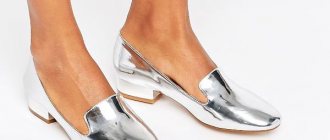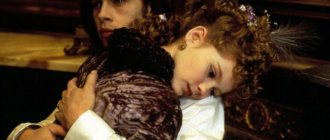Amazing facts about human attractiveness and beauty
Probably everyone wants to look attractive. But at the same time, a logical question arises: is a person’s appearance really a fundamental factor of success and can radically influence life. This review answers this and many other questions related to human attractiveness.
1. Men are more attracted to women whose bone structure is similar to that of their mother. Researchers call this "sexual imprinting." This means that the people one finds attractive as an adult usually look like the people one is used to seeing as a child.

2. People usually look more attractive to a drunk person. Psychologists usually explain this by saying that a drunk person usually notices facial asymmetry less.

3. Women perceive bearded men as having “biological and social qualities that enhance their value as husbands.” At the same time, they consider them “stronger and more active, as well as masculine and physically attractive.”

4. According to most online dating sites, women are most concerned about a potential partner's height. Men are more concerned about the weight of their potential girlfriends.

5. People tend to agree on who is attractive, regardless of race, nationality, or culture. Researchers have noticed that not only does attractiveness vary from person to person, but there are also universal standards for attractiveness.

6. Researchers have found that women prefer masculine, rugged-looking men during ovulation. However, at other times they seek out softer-looking men because they consider them to be socially kinder.

7. For ancient Jews and Christians, physical beauty was a gift from God, and ugliness was a punishment. In fact, physical attractiveness is even mentioned several times in the Bible.

8. The beauty industry has become a profitable industry in most Western countries. Every year, around the world, $200 billion is spent on becoming attractive. This “industry” includes weight loss programs, cosmetics, skin and hair care products, perfumes and cosmetic surgery.
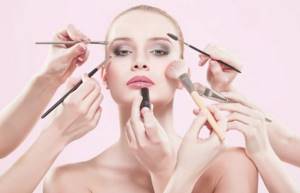
9. Women tend to be more attracted to older men. The researchers explain this by saying that men are able to have children throughout most of their adult lives, and older people tend to have more resources.
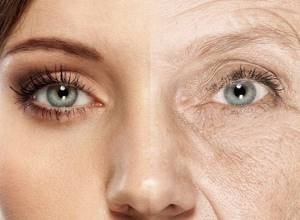
10. In most cultures, men find younger women more attractive than older women. This is mainly due to the fact that women are only able to bear children for a limited time.

11. Dr. David Bass, an evolutionary psychologist, has documented the mating preferences of more than ten thousand people from thirty-seven countries and cultures. He came to the conclusion that appearance is in the first (or one of the first places) of any woman.

12. In order to become more beautiful or maintain their beauty during the Middle Ages, rich and noble women ingested arsenic. They also rubbed bat droppings on their skin to improve their complexion.

13. Aristotle was one of the first people to understand the importance of human attractiveness. It.

14. TV news networks tend to report on accidents involving attractive victims rather than ordinary-looking people.

15. For a child, physical attractiveness is often associated with intelligence and friendliness. That is why when a child chooses his friends, they are usually smarter and kinder than him.

16. Someone accused of raping an unattractive victim is less likely to be found guilty than someone accused of raping an attractive victim.

17. Physically attractive people tend to have better-paying jobs and higher-level positions than their less attractive colleagues. This preference is commonly referred to as the "beauty bias."

18. Researchers suggest that men perceive highly attractive women as less capable of completing a difficult task. In this regard, preference is given to unattractive women.

19. Research has shown that students tend to evaluate the professional qualities of their female teachers based on their physical attractiveness, rather than their ability to communicate.

20. Children born to parents who had them in their 30s or older tend to find older people more attractive than children born to parents in their twenties.

21. Teachers expect beautiful students to study well. This fact often leads to less severe punishment for these students and higher grades given to them.

Corpses on hats and flammable dresses: creepy facts from the history of fashion
Let's start with the popular headdresses of the 14th-17th centuries - wigs . The symbol of the era of absolutism and theatricality carried not only beauty, but also mortal danger for the owner. The fact is that in the time of Marie Antoinette, the size of wigs reached absurd proportions, and to prevent the whole structure from falling apart, barbers used melted lard as “glue”. And it seemed like everything wasn’t so scary if it weren’t for the rodents who were trying to settle in the temptingly smelling headdress.
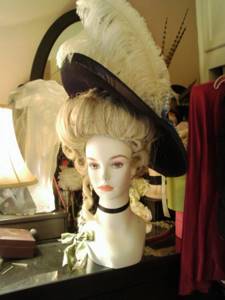
The second accessory that carried a risk of poisoning was men's top hats . Like many other hats, since the Middle Ages it has been customary to trim them with beaver fur. But no one thought that the main component of feta is mercury. Therefore, the Mad Hatter from “Alice in Wonderland” had real historical prototypes, since mercury vapor is very dangerous for humans, and with prolonged contact with them can lead to disorders of the nervous system.
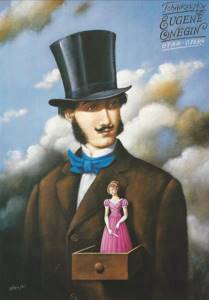
Since we're talking about poisoning, let's remember the shimmering green fabric that was fashionable in the Victorian era. Everything would be fine if this color were not extracted using arsenic. Consequently, it was dangerous to even sweat in such dresses, since the secreted sweat mixed with the toxin and was absorbed back, thereby slowly killing the girl. The victims were not only the aristocrats who wore clothes made from this material, but also the tailors and textile workers themselves.
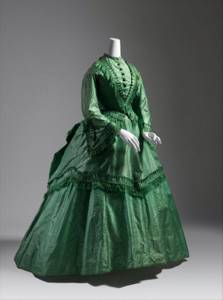
The famous phrase from the song “Maslenitsa” - burn brightly - ironically describes the English crinoline lovers of the 19th century. Between 1860 and 1870, approximately 3,000 women died from the crinoline fires. The explanation is simple: most fire-resistant materials were considered too ugly, so this attribute of the underdress was made from fabric that was easily ignited by a smoldering cigarette. But there was a case in history when crinoline saved a girl’s life. In 1885, The Times magazine published an article about a woman who jumped from a bridge and survived thanks to a crinoline that acted as a parachute. There is still debate as to whether this is possible, which is why the incident went down in history as the “Bristol tale.”
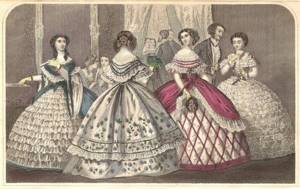
Finally, it is worth mentioning the non-standard “cosmetic products” of the past. And it’s worth starting with powder and white, without which it is simply impossible to imagine the 17th-18th centuries. The face suffered no less in those days, since there were no modern foundations, and beauties needed to achieve aristocratic pallor. They had to use lead or zinc white, also arsenic and vinegar, which they had to drink. With the constant use of such radical measures, the skin quickly became covered with ulcers.
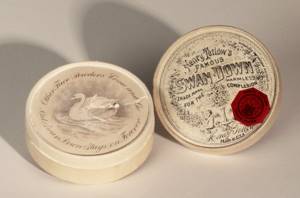
In addition to snow-white skin, it was necessary to give expressiveness to the look. Belladonna and nightshade juice had to be dripped into the eyes. The effect was amazing: the pupils dilated, a “mysterious” shine appeared, and no one was embarrassed by the fact that this method often led to hallucinations and blindness. But it was beautiful.

Text: Dasha Montenegro
DID YOU LIKE THE ARTICLE? Subscribe to Grazia's best content newsletter
Thank you!
We have sent a confirmation email to your email.
Beauty Victims: Horrifying Historical Facts About Cosmetics
As soon as women realized the power of their attractiveness, they immediately began to look for opportunities to highlight their beauty. As a result, such familiar products as hair masks, creams, and decorative cosmetics appeared. But how long and sometimes painful this path was.
Read us on Telegram
Below are incredible facts about cosmetics in the ancient world:
- In Egypt, already in the third millennium BC they knew how to “make eyes.” To do this, women dropped belladonna juice into their eyes: the pupils dilated, the lacrimal glands were blocked, causing the eyes to shine feverishly. In the Middle Ages, an ointment was made from this plant, which was rubbed on those suspected of witchcraft. Under the influence of alkaloids, the defendants became delirious and hallucinated, confessing to all their sins.
- In Ancient Greece, it was considered aristocratic to have pale skin, so the face was generously rubbed with a mixture of chalk and plaster. To avoid looking like a white scarecrow, Greek women shaded their cheekbones with cinnabar, which is a mercury sulfide that releases toxic fumes when heated.
- Perhaps the ancient Romans went the furthest in their pursuit of beauty. For example, they discovered that ammonia has cleansing properties, and also that ammonia is found in urine. Having put two and two together, they, without thinking twice, began collecting evening urine to brush their teeth with it in the morning. urine and excrement were also mixed with oil and fat and used as face masks .
It would seem that progress should have affected cosmetology, and ladies of the New Age (17-18 centuries) certainly would not have smeared themselves with the urine of calves. Yes, they refused this. Since they found the best lifting agent - oil of vitriol (sulfuric acid). In combination with lead white, such cosmetics quickly led to poisoning with toxic substances.
